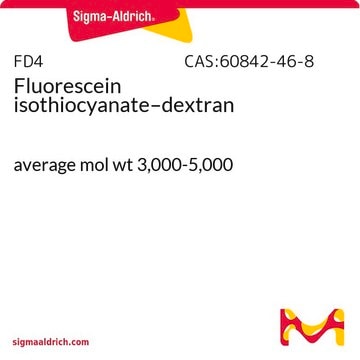At M-Clarity quality level 100, Product L0144 is evaluated based on appearance, infrared spectrum, solubility, and fluorescence specifications. Please refer to the Certificate of Analysis found on the DOCUMENTATION section of the Product Detail Page: https://www.sigmaaldrich.com/product/sigma/l0144#product-documentation
Using the results on the specification sheet, dye content can be calculated from the testing performed to determine carbon and nitrogen levels.











